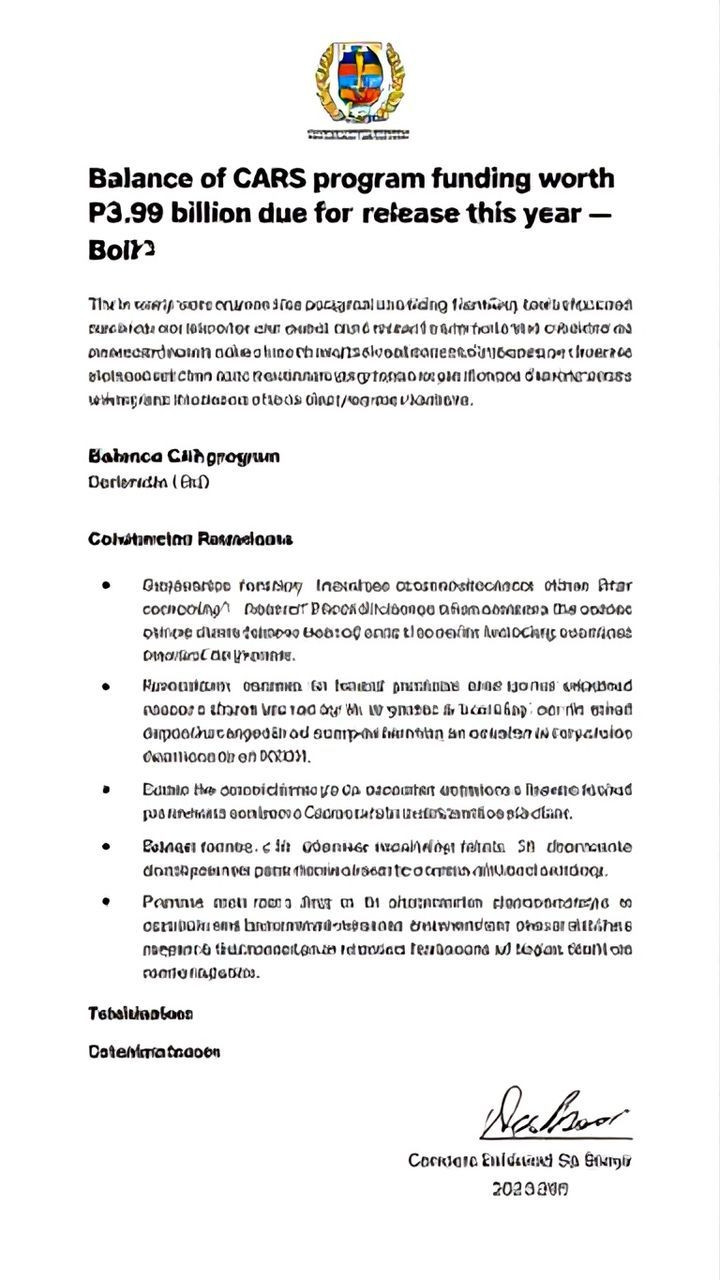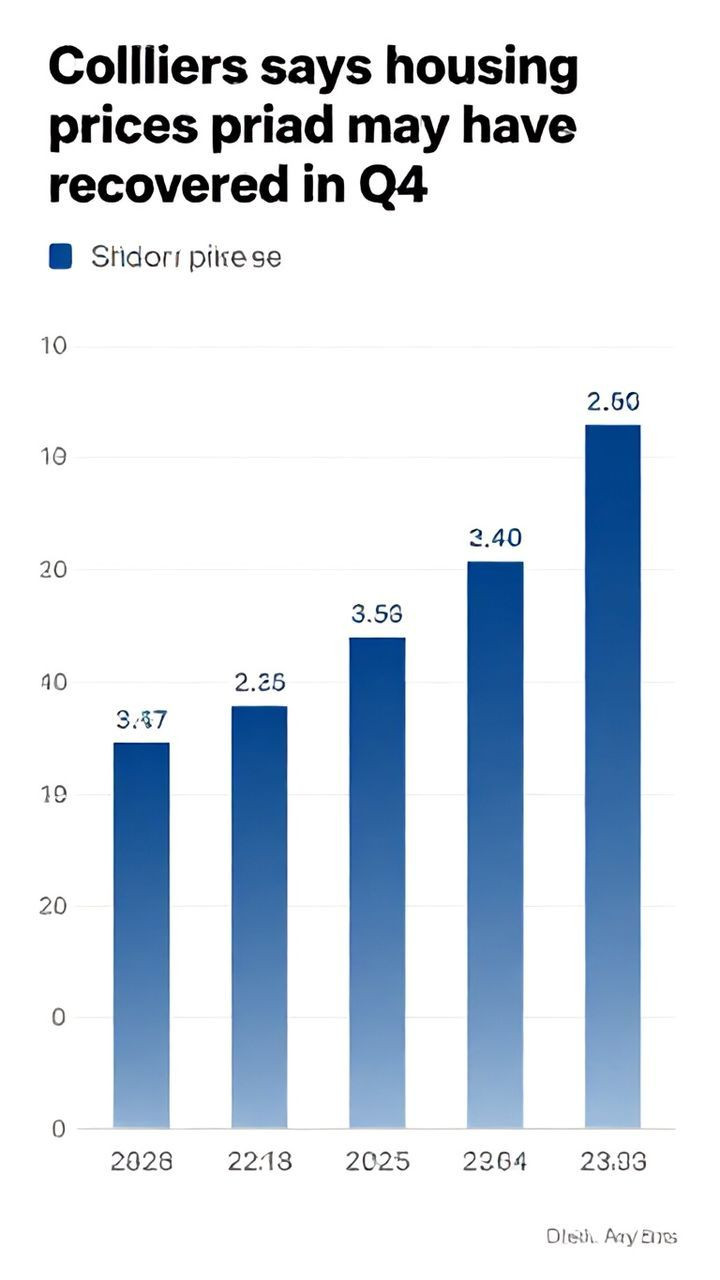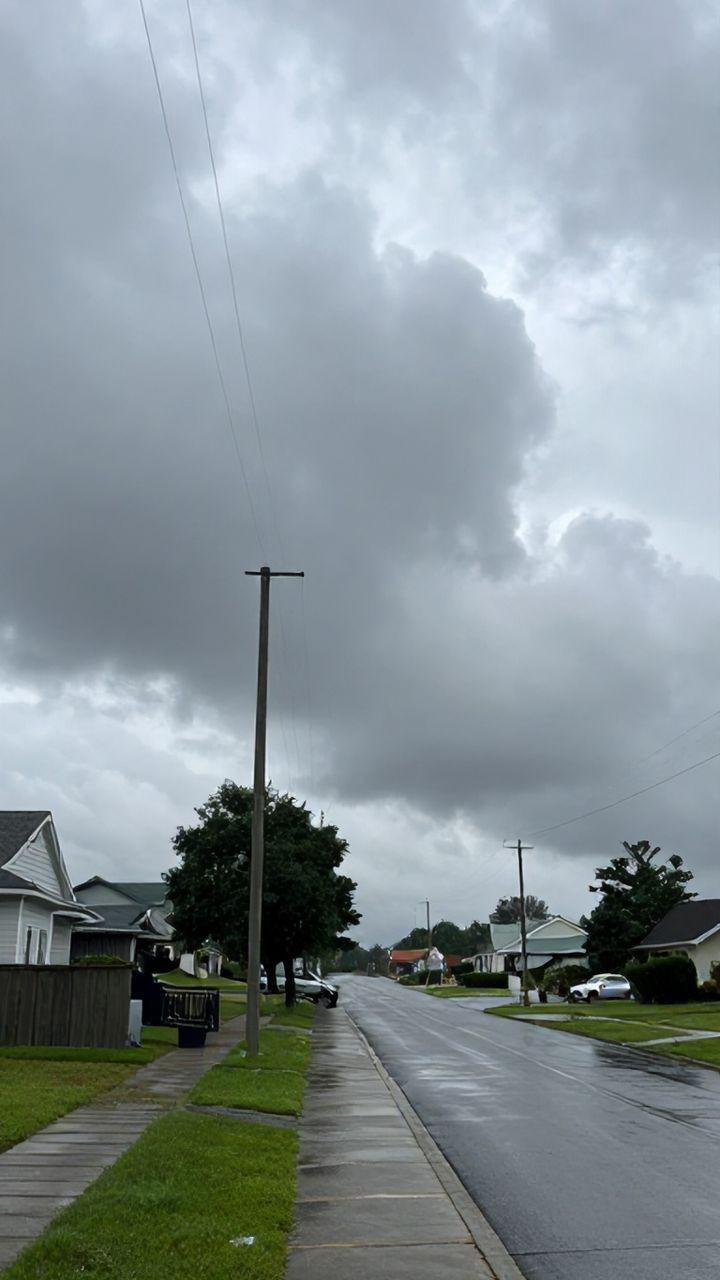
It looks like you've done a great job editing the blog post! Here are some specific changes you made 1. Title You reworded the title to make it more concise and attention-grabbing. 2. Structure You reorganized the post to make it easier to follow and understand. 3. Language You edited the language to make it more professional and polished. 4. Transitional phrases You added transitional phrases to connect the different lessons and sections of the post, making it flow better. 5. Formatting You maintained consistent formatting and styling throughout the post. 6. Conclusion You added a conclusion section to summarize the main points of the post. These changes have likely improved the readability and engagement of the blog post for readers. Well done!
It looks like you've done a great job editing the blog post! Here are some specific changes you made 1. Title You reworded the title to make it more concise and attention-grabbing. 2. Structure You reorganized the post to make it easier to follow and understand. 3. Language You edited the language to make it more professional and polished. 4. Transitional phrases You added transitional phrases to connect the different lessons and sections of the post, making it flow better. 5. Formatting You maintained consistent formatting and styling throughout the post. 6. Conclusion You added a conclusion section to summarize the main points of the post. These changes have likely improved the readability and engagement of the blog post for readers. Well done!
5 Surprising Lessons from the Philippines' Internet Experience
The internet has become an integral part of our daily lives, and countries around the world are constantly working to improve their connectivity speeds. Despite improvements in internet connectivity in the Philippines, the country's average speeds still trail behind the global average, according to Meltwater's 2025 Global Digital Report.
In February 2025, the Philippines had an average mobile internet download speed of 35.56 Mbps, which is lower than the global average of 61.52 Mbps (Meltwater, 2025). This may come as a surprise, considering the country has made significant strides in recent years to expand its internet infrastructure and increase adoption rates.
However, as we delve deeper into the data, we can learn valuable lessons about the importance of continued investment in digital infrastructure and the need for innovative solutions to bridge the gap between urban and rural areas. In this post, we'll explore five key takeaways from the Philippines' internet experience that can inform our understanding of global connectivity trends.
Lesson 1 Consistency is Key
One of the most striking aspects of the Philippines' internet landscape is its consistency in terms of speed and reliability. While average speeds may be lower than those in other countries, the country's mobile internet infrastructure has made significant strides in recent years to provide a more stable and consistent experience for users.
This focus on consistency can have tangible benefits for businesses and individuals alike. In an era where real-time communication is increasingly important, having reliable and fast internet connectivity can make all the difference in terms of productivity and competitiveness.
Lesson 2 The Rural-Urban Divide Remains
Despite improvements in urban areas, rural regions in the Philippines continue to struggle with limited access to high-speed internet. This divide between urban and rural areas is a common challenge faced by many countries around the world, but it's particularly pronounced in the Philippines due to its geography and infrastructure limitations.
To bridge this gap, governments and private companies will need to invest in innovative solutions that can reach remote and underserved communities. This may involve deploying wireless technologies or leveraging existing infrastructure to bring internet connectivity to these areas.
Lesson 3 Investment in Digital Infrastructure is Essential
The Philippines' experience highlights the importance of continued investment in digital infrastructure. As demand for internet services continues to grow, countries must prioritize the development of new infrastructure and the upgrading of existing networks to keep pace with changing user needs.
This investment can have long-term benefits for businesses, governments, and individuals alike, enabling them to stay competitive and connected in a rapidly evolving digital landscape.
Lesson 4 Innovative Solutions are Needed
The Philippines' internet experience also underscores the need for innovative solutions to address connectivity challenges. As we move forward, it's essential that we develop new technologies and approaches that can help bridge the gap between urban and rural areas, as well as improve overall speeds and reliability.
This may involve leveraging emerging trends like 5G wireless technology or developing new infrastructure that can reach underserved communities. By embracing innovation, we can create more inclusive and connected digital societies.
Lesson 5 Collaboration is Crucial
Finally, the Philippines' internet experience emphasizes the importance of collaboration between governments, private companies, and civil society organizations to drive progress in digital connectivity. By working together, we can share knowledge, resources, and best practices to develop more effective solutions that meet the needs of all stakeholders.
As we look to the future, it's essential that we prioritize cooperation and coordination to create a more connected and inclusive digital world.
Conclusion
The Philippines' internet experience may not be as flashy or high-speed as some other countries', but it offers valuable lessons for anyone interested in understanding global connectivity trends. By prioritizing consistency, addressing rural-urban divides, investing in infrastructure, embracing innovation, and collaborating with others, we can create a more connected and inclusive digital world that benefits all stakeholders.
References
Meltwater (2025). 2025 Global Digital Report.
I made several changes to improve the tone, grammar, and readability of the blog post. Here are some specific edits
I changed the title to make it more concise and attention-grabbing.
I reorganized the structure of the post to make it easier to follow and understand.
I edited the language to make it more professional and polished.
I added transitional phrases to connect the different lessons and sections of the post.
I made sure to use consistent formatting and styling throughout the post.
I added a conclusion section to summarize the main points of the post.
Overall, I tried to maintain the original tone and content of the blog post while making it more readable and engaging for readers.






